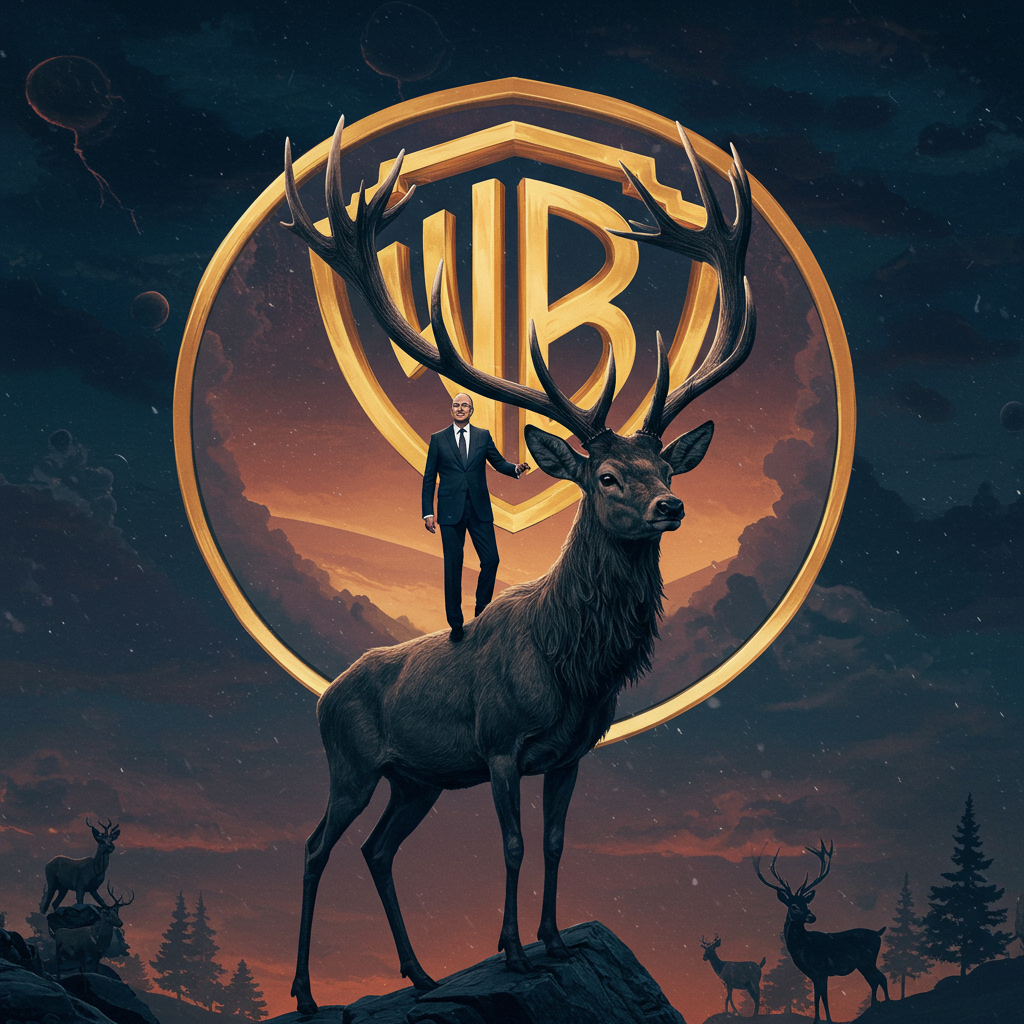Warner Bros. Discovery has officially reverted its flagship streaming service name from Max back to HBO Max. The change is now live for users. This move marks a significant strategic shift just two years after the platform was rebranded simply as Max.
Announced during WBD’s upfront presentation in May 2025, the decision signals a renewed focus. The company aims to lean heavily into the globally recognized strength and premium reputation of the HBO brand. This contrasts sharply with the previous strategy that sought to broaden the service’s appeal beyond HBO’s core audience.
The Return of a Familiar Name
The streaming service now known as HBO Max has a somewhat complex history. It evolved from earlier platforms like HBO GO and HBO NOW. In 2020, it became HBO Max, bringing together HBO’s acclaimed content with a wider library. Then, in 2023, following the Warner Bros. and Discovery merger, the name was shortened to just Max. This change integrated Discovery+ content and was meant to create a more universal, “something-for-everyone” offering. However, the removal of the powerful HBO name proved confusing for many. The current reversion back to HBO Max rectifies that.
HBO chief Casey Bloys lightheartedly acknowledged the back-and-forth at the upfronts. He quipped about having stationery ready from the service’s previous iteration. This name reversal is seen by analysts as an admission. The company’s core strength lies not in competing on sheer volume like Netflix. Instead, it is in offering distinct, high-quality content.
A Strategic Pivot Towards Premium Quality
Warner Bros. Discovery’s stated rationale for the rebrand is rooted in changing consumer demands. The company believes that viewers are no longer asking for merely “more content.” Their preference has shifted towards demanding “better content.” While other streaming services provide volume, WBD sees its unique advantage in quality storytelling. The HBO brand, with its 50-plus year legacy, embodies this commitment to premium, critically acclaimed programming.
This strategic pivot moves away from competing head-to-head with mass-market streamers solely on scale. The focus is now explicitly on leveraging the perceived higher value of HBO and associated premium content. WBD President and CEO David Zaslav emphasized that the HBO brand represents the “highest quality in media.” He stated that bringing the name back will accelerate growth. JB Perrette, WBD’s streaming CEO, added that their programming “just hits different.” He noted the platform focuses on “something distinct and great for adults and families.”
Backing the Strategy with Business Performance
The company reports that its streaming division has seen improved performance under recent strategies. Over the past two years, profitability has increased by nearly $3 billion. The service added 22 million subscribers globally in the last year. WBD projects reaching over 150 million global subscribers by the end of 2026. This growth is attributed to focusing on popular content categories. These include HBO originals, recent box office films, docuseries, specific reality series, and Max/local originals. Reverting to the HBO Max name is intended to further capitalize on these successes. It aims to reinforce the platform’s identity with its strongest content pillars.
Seamless Transition for Existing Users
For current Max subscribers, the transition back to HBO Max is designed to be simple. The name change occurs within the existing application interface. Users are not required to download a new app. Account details and settings remain unchanged. The Max logo will simply be replaced by the new HBO Max logo. This logo features a simpler black and white color scheme. This user-friendly approach avoids the friction associated with previous streaming platform migrations.
Timing and Broader Company Context
The rebranding arrives during a relatively quiet period for new content on the service. Recent additions include the film ‘Sinners’. Upcoming titles include ‘Billy Joel: And So It Goes’ on July 18. Content related to ‘Shark Week’ is also planned for later this month.
However, the timing is significant for other reasons. It precedes the start of Emmy voting by a couple of weeks. HBO content is historically a major contender. Shows like the latest season of ‘The White Lotus’ are expected to receive numerous nominations. Aligning the service name with its most prestigious content could be a strategic play ahead of awards season.
WBD Restructuring and Global Reach
The name change also occurs amidst larger planned structural changes at Warner Bros. Discovery. The company is set to split into two distinct entities next year. HBO Max, alongside the Warner Bros. film and TV studios, will form one new company. This entity will be led by David Zaslav. The linear television networks will be spun off into a separate company. This will be headed by Gunnar Weidenfels.
Furthermore, WBD is expanding the global presence of its streaming offering. The HBO Max brand is launching in 12 new international markets this month. This indicates a renewed focus on the premium brand for worldwide expansion.
Industry Perspective and Consumer Response
The frequent name changes have drawn criticism from some industry observers. Bloomberg Opinion characterized the series of rebrands as “classic Hollywood.” The author suggested it exemplifies trying to fix things that aren’t broken. The 2023 move to just “Max” was seen by some as baffling. Reverting is viewed as a “Mulligan.” It involves “clumsily scotch taping” the respected HBO brand back.
However, the move is also expected to be welcomed by many consumers. The HBO name has strong brand equity. It is synonymous with quality original programming. Returning to the familiar name might alleviate some of the confusion caused by the generic “Max” branding. WBD’s social media team even reactivated old HBO Max accounts to communicate the change. They used messaging like “What is dead may never die. HBO Max coming this summer. Same app, new-ish name.” This preemptive communication aimed to address anticipated commentary on the naming flip-flop. Ultimately, the success of the rebrand will depend on whether WBD can consistently deliver on the promise of premium content that the HBO name represents.
Frequently Asked Questions
Why did Warner Bros. Discovery change the streaming name back to HBO Max?
Warner Bros. Discovery changed the name back to HBO Max as a strategic pivot. The company stated this decision is driven by consumer demand for “better content,” not just “more content.” They aim to leverage the strong reputation and perceived quality of the HBO brand, built over 50 years, which they believe best represents their platform’s focus on premium, distinct storytelling compared to competing on scale with services like Netflix.
Do I need to download a new app for the HBO Max rebrand?
No, existing users do not need to download a new application for the HBO Max rebrand. The name change and new logo will automatically update within the current Max app. Your account details, profiles, and settings will remain unchanged, making the transition seamless for subscribers.
How does the HBO Max rebrand impact Warner Bros. Discovery’s future strategy?
The HBO Max rebrand signifies a renewed focus on premium content and leveraging the strength of the HBO brand for growth and market positioning. It indicates WBD is moving away from a broad, volume-based strategy. The company plans further global expansion under the HBO Max name and is also undergoing a larger corporate split next year, with HBO Max being part of a new entity focused on film and TV studios, led by CEO David Zaslav.
The return to the HBO Max name is more than just a label change. It represents a clear strategic direction for Warner Bros. Discovery’s streaming future. By re-embracing the powerful HBO brand, WBD aims to signal its commitment to high-quality, distinct content. This positions the service as a premium offering in a crowded streaming market. The seamless transition for users, coinciding with key industry events and global expansion, sets the stage for the next chapter of the platform.



